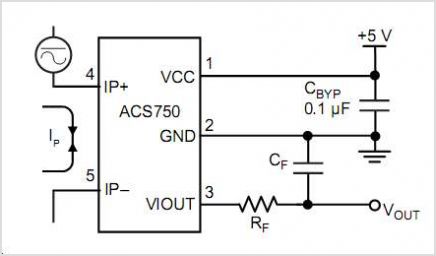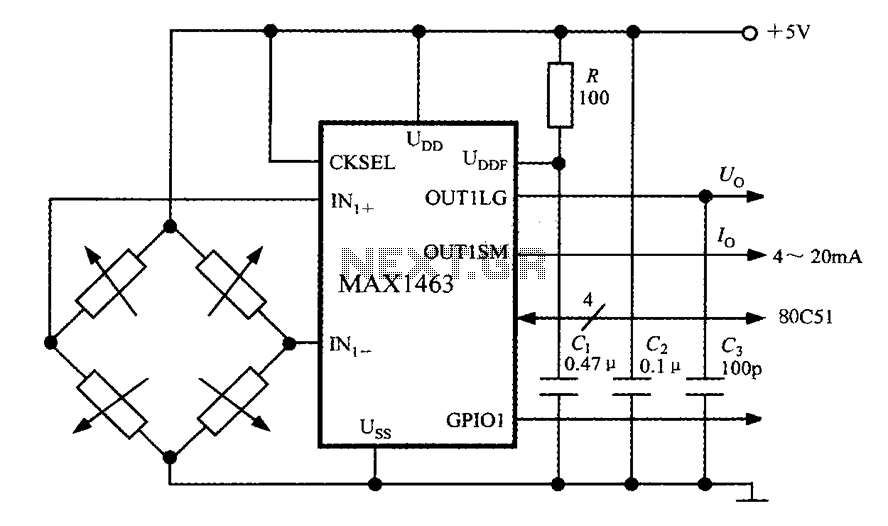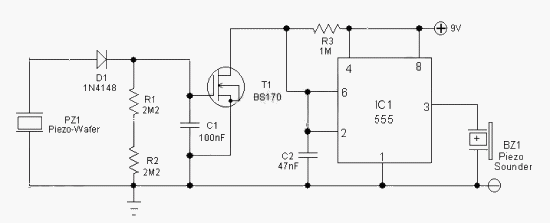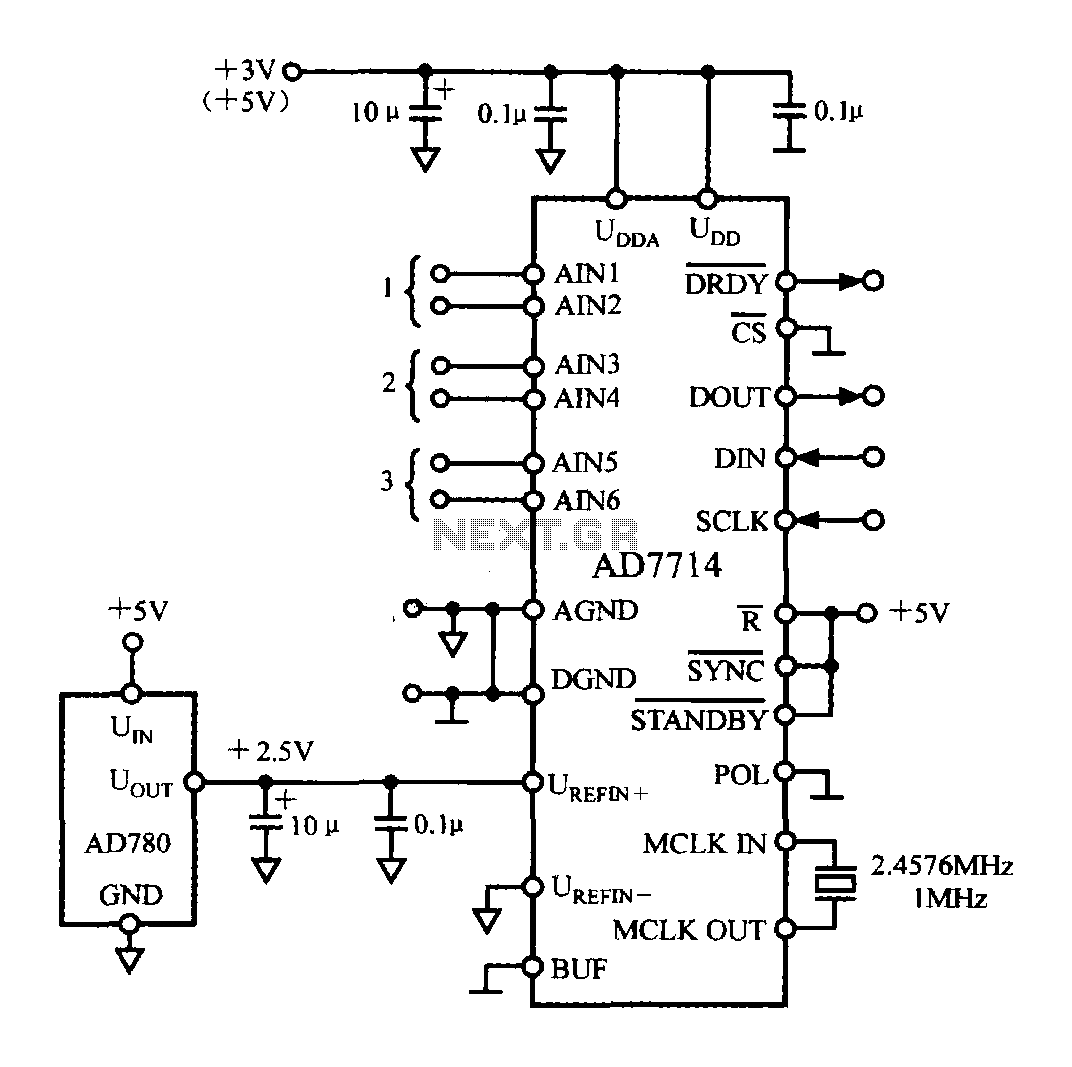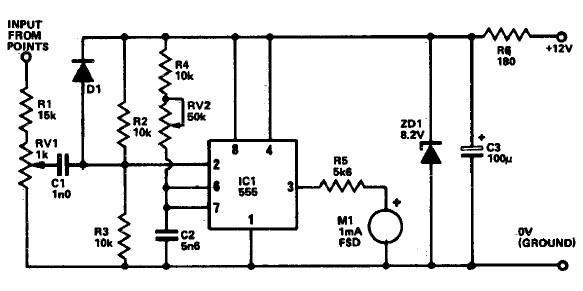
PIR Sensor Timer
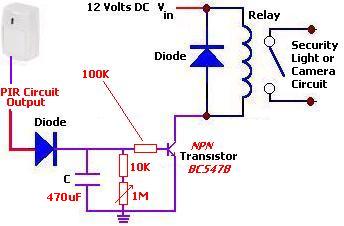
The following circuit illustrates a PIR Sensor Timer Circuit Diagram. Features include a simple design, enhanced accuracy, and efficiency. Components involved are a diode, among others.
The PIR (Passive Infrared) Sensor Timer Circuit is designed to detect motion through infrared radiation emitted by objects in its field of view, typically human bodies. This circuit is particularly useful in security systems, automatic lighting, and energy-saving applications.
The core of the circuit is the PIR sensor, which generates a low-level output signal when it detects motion. This signal is then processed by a microcontroller or a timer circuit that can control the duration of the output signal, thus activating connected devices such as lights or alarms.
The components of the circuit typically include:
1. **PIR Sensor**: This component detects infrared radiation changes and produces a digital output when motion is sensed. The sensor usually has two outputs: one for detection and another for triggering.
2. **Diode**: Used for rectification and protection purposes, ensuring that current flows in the correct direction and safeguarding the circuit from voltage spikes.
3. **Resistors**: Employed to limit the current and set the sensitivity of the PIR sensor. They can also be used in voltage divider configurations to adjust signal levels.
4. **Capacitors**: Used for filtering and stabilizing the power supply to the PIR sensor, as well as for timing applications in conjunction with other components.
5. **Microcontroller or Timer IC**: This component processes the signal from the PIR sensor and controls the output duration. It can be programmed to set how long the output remains active after motion is detected.
6. **Relay or Transistor**: Acts as a switch to control larger loads such as lights or alarms based on the output signal from the timer or microcontroller.
7. **Power Supply**: Provides the necessary voltage and current for the circuit operation, typically sourced from batteries or an AC adapter.
The design of the circuit allows for flexibility in its application, enabling users to adjust parameters such as sensitivity and timing to suit specific requirements. Overall, the PIR Sensor Timer Circuit exemplifies an efficient and straightforward solution for automatic motion detection and control.The following circuit shows about PIR Sensor Timer Circuit Diagram. Features: simple circuit, more accurately, efficient. Component: Diode, .. 🔗 External reference
The PIR (Passive Infrared) Sensor Timer Circuit is designed to detect motion through infrared radiation emitted by objects in its field of view, typically human bodies. This circuit is particularly useful in security systems, automatic lighting, and energy-saving applications.
The core of the circuit is the PIR sensor, which generates a low-level output signal when it detects motion. This signal is then processed by a microcontroller or a timer circuit that can control the duration of the output signal, thus activating connected devices such as lights or alarms.
The components of the circuit typically include:
1. **PIR Sensor**: This component detects infrared radiation changes and produces a digital output when motion is sensed. The sensor usually has two outputs: one for detection and another for triggering.
2. **Diode**: Used for rectification and protection purposes, ensuring that current flows in the correct direction and safeguarding the circuit from voltage spikes.
3. **Resistors**: Employed to limit the current and set the sensitivity of the PIR sensor. They can also be used in voltage divider configurations to adjust signal levels.
4. **Capacitors**: Used for filtering and stabilizing the power supply to the PIR sensor, as well as for timing applications in conjunction with other components.
5. **Microcontroller or Timer IC**: This component processes the signal from the PIR sensor and controls the output duration. It can be programmed to set how long the output remains active after motion is detected.
6. **Relay or Transistor**: Acts as a switch to control larger loads such as lights or alarms based on the output signal from the timer or microcontroller.
7. **Power Supply**: Provides the necessary voltage and current for the circuit operation, typically sourced from batteries or an AC adapter.
The design of the circuit allows for flexibility in its application, enabling users to adjust parameters such as sensitivity and timing to suit specific requirements. Overall, the PIR Sensor Timer Circuit exemplifies an efficient and straightforward solution for automatic motion detection and control.The following circuit shows about PIR Sensor Timer Circuit Diagram. Features: simple circuit, more accurately, efficient. Component: Diode, .. 🔗 External reference
